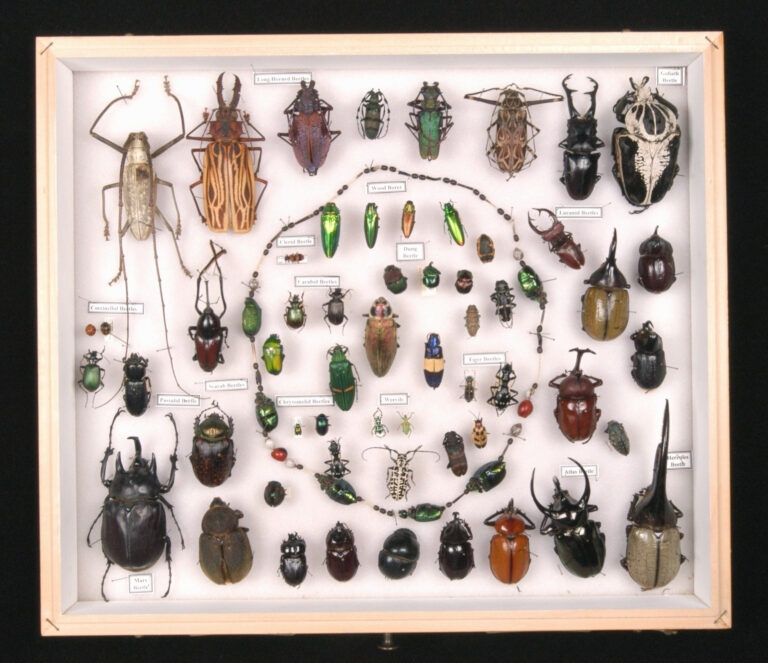HOW TO START AN INSECT COLLECTION
Making insect collections are great ways to explore the world of bugs and discover what else is living in the surrounding environment. If done correctly, collections are learning tools and interesting keepsakes. Consider starting a personal insect collection, in this blog post, we will discuss how to start a bug collection at home to explore the world of insects.
MATERIALS
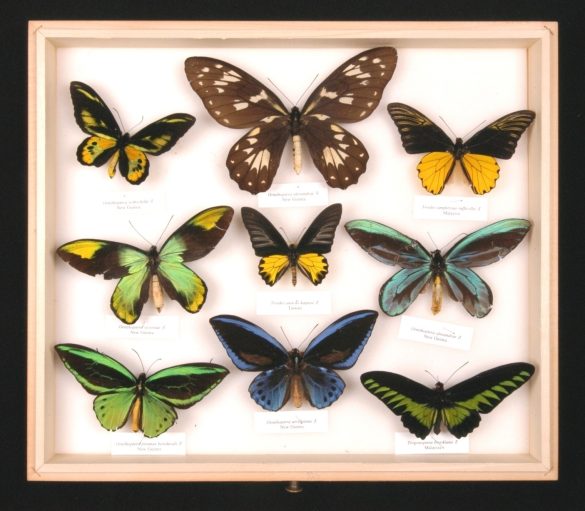
Collecting:
- Insect Net (Recommended but NOT required)
Preservation:
- Plastic bag, jar, or airtight plastic container
- Freezer
Mounting:
- Insect Pins
- Spreading Board
- Pinning Block
- Styrofoam
- Vial
- Rubbing alcohol
Labeling:
- Card stock
- Computer and Inkjet Printer
Storing:
- Box with tight-fitting lid
- Cork or Foam
- Fumigant such as moth balls
PRESERVATION
Prior to collecting the insects, be sure to have an effective means of euthanasia to preserve them in a collection. The easiest way to euthanize the insects is to put them in a plastic container, jar, or plastic bag and put them in the freezer overnight. It is important to remove the insects from the freezer at least one hour prior to pinning so they are workable.
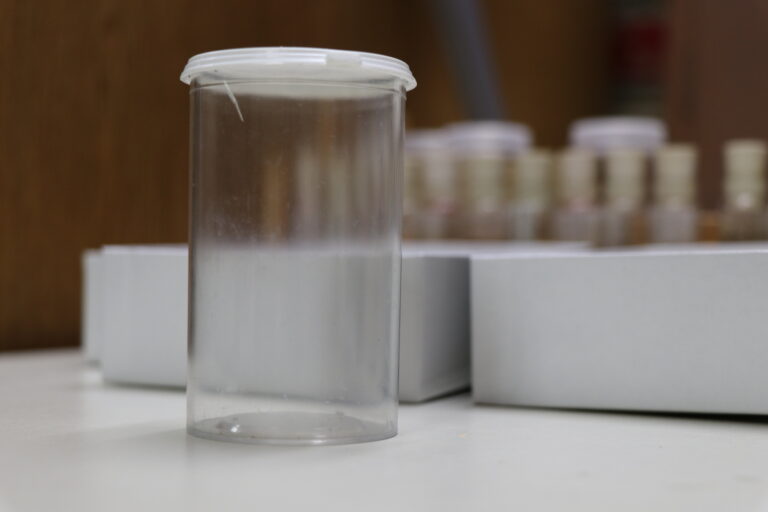
COLLECTING
To have a well-rounded collection with different kinds of insects, it is important to collect in different habitats at different times of the day. Each kind of insect is unique, some only come out during the day, some only at night. Some places to collect are in a yard, in grassy areas such as fields, around water, on plants, near light at night, and under stones, soil, logs, and plant debris. Remember, most insects are small, do not be afraid to examine habitats closely for the small, hidden ones. It is amazing to see how many insects live on tree trunks or in a grassy lawn. Life is out there just waiting to be found.
To effectively capture a bug with a net, slowly position the insect net under the insect, then quickly swing the net upward turning the handle so the net folds over the ring and the insect cannot escape. Although an insect net is recommended, it is not required, careful fingers and a jar work just as well!
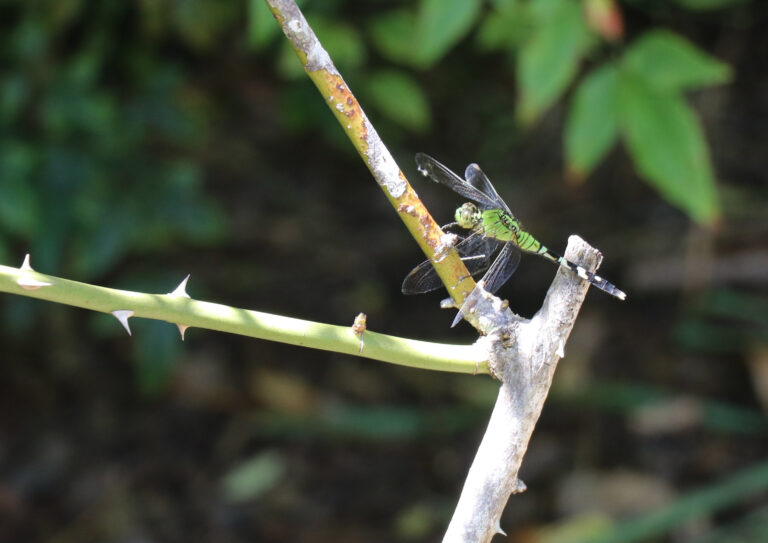
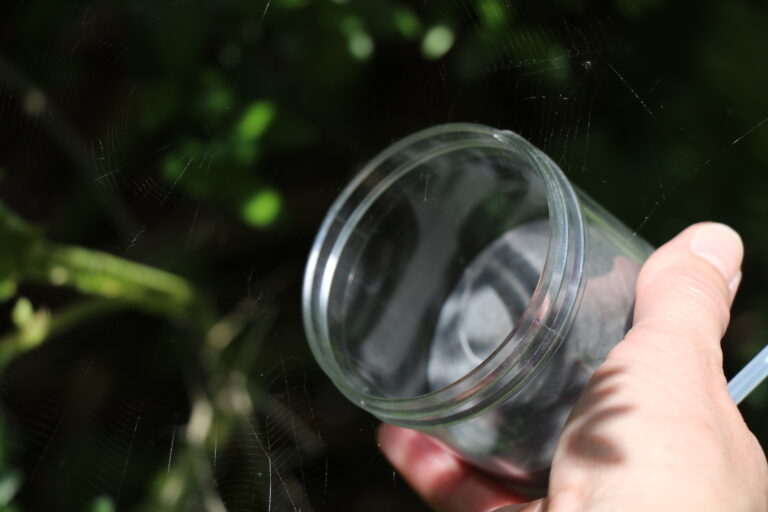
MOUNTING
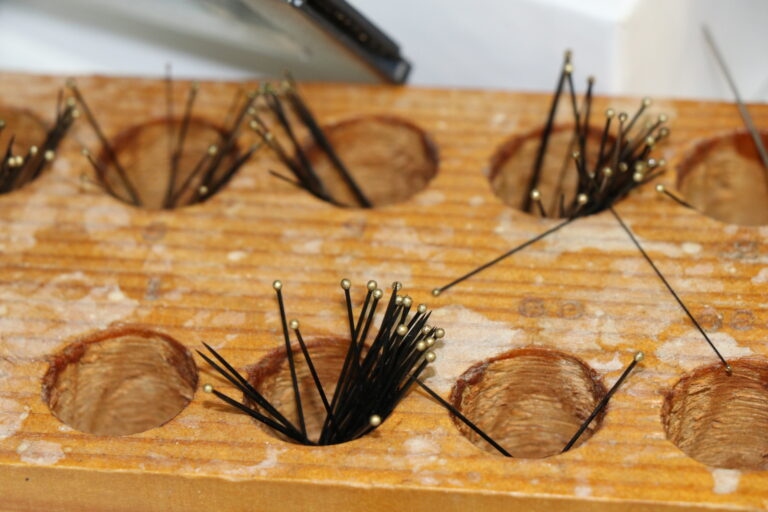
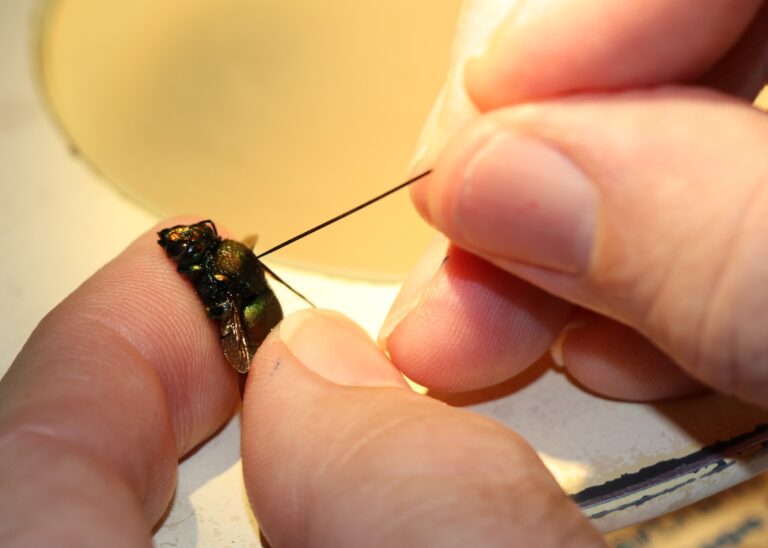
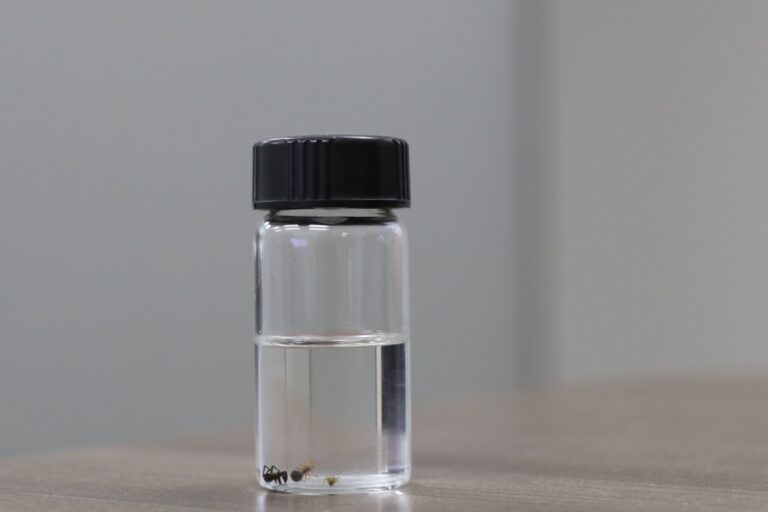
IDENTIFYING AND LABELING
It is important to effectively label the specimen in a collection to provide necessary information for anyone who may be looking at the collection. The two labels to include are the date and locality label and the identification label. The most important label is the date and locality label, which includes the place the specimen was collected as accurately as possible, the day, month, and year collected, and the name of the person who collected it. The identification label should include the order and the common name of the insect. This label is less important, and its placement can vary depending on the purpose of the collections. These labels should be printed with a waterproof ink, most inkjet printers work fine. For pinned insects, use card stock and 4 point Arial font. For specimen in a vial of alcohol, bond paper is preferred and print in 8 point font. Labels should be trimmed closely to minimize white space before being placed with the specimen.
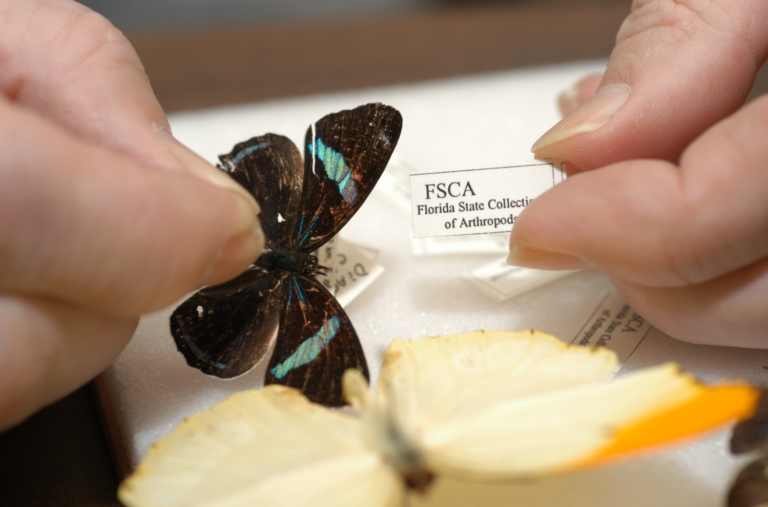
STORING
Once insects have mounted and labelled in a collection, be sure to store it properly to protect the collection from pests. Use a box with a tight-fitted lid, lined with foam or cork to pin the specimen in. Use a fumigant such as naphthalene (moth balls) to repel insects. The tight-fitting lid prevents fumigants from escaping and destructive insects from entering.
If for some reason a collector is no longer interested in keeping their collection, they can donate it to a museum such as the Florida State Collection of Arthropods or a science teacher as an educational tool they can utilize for years to come.
